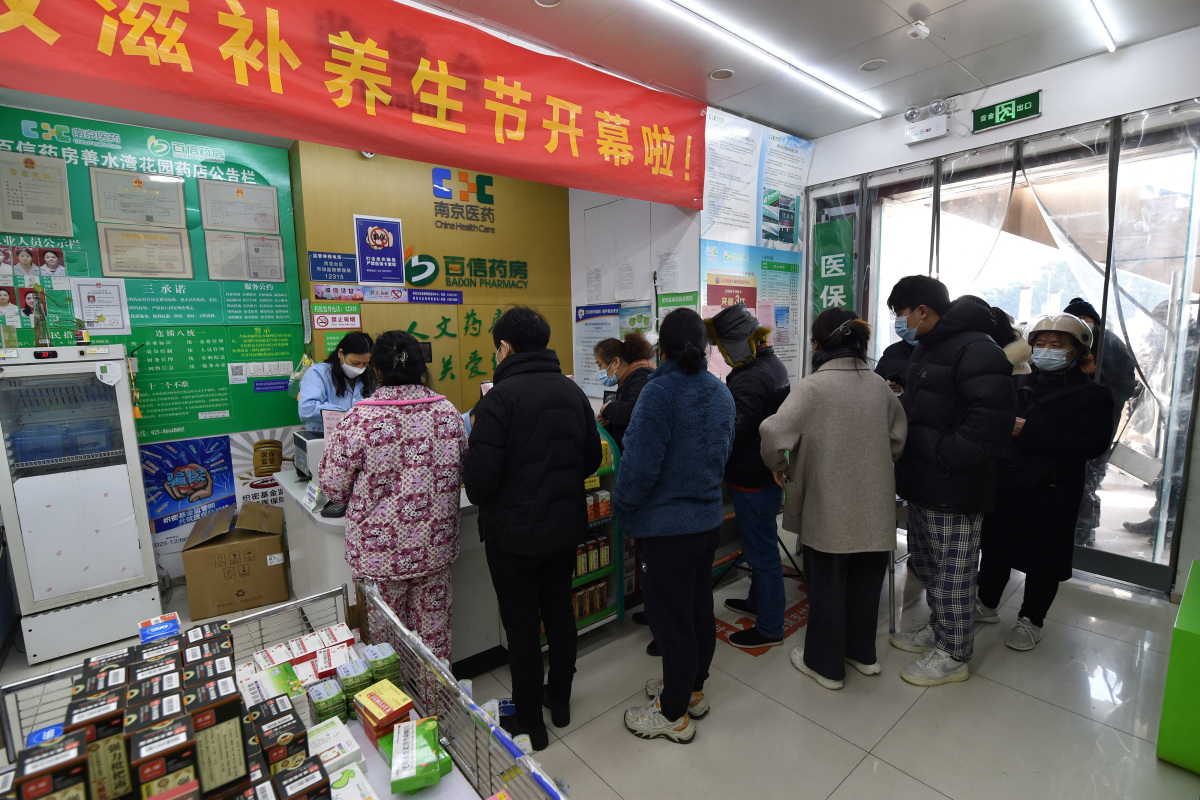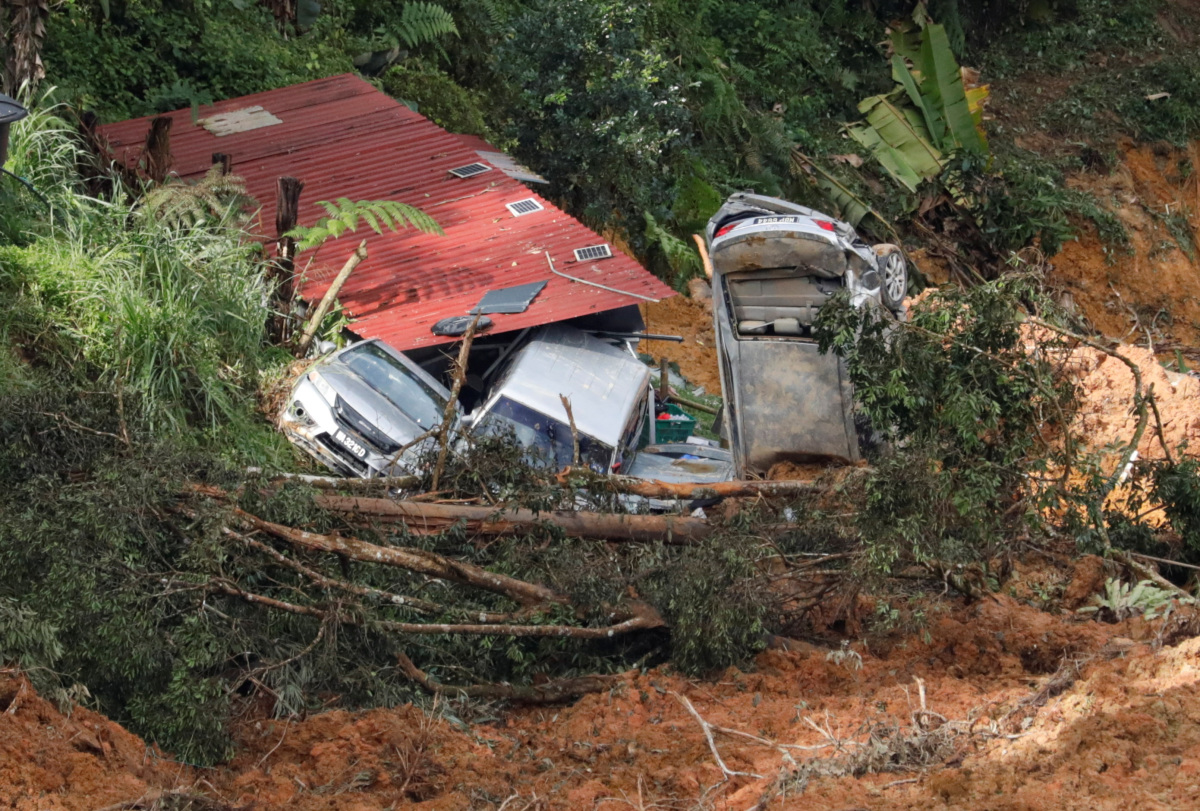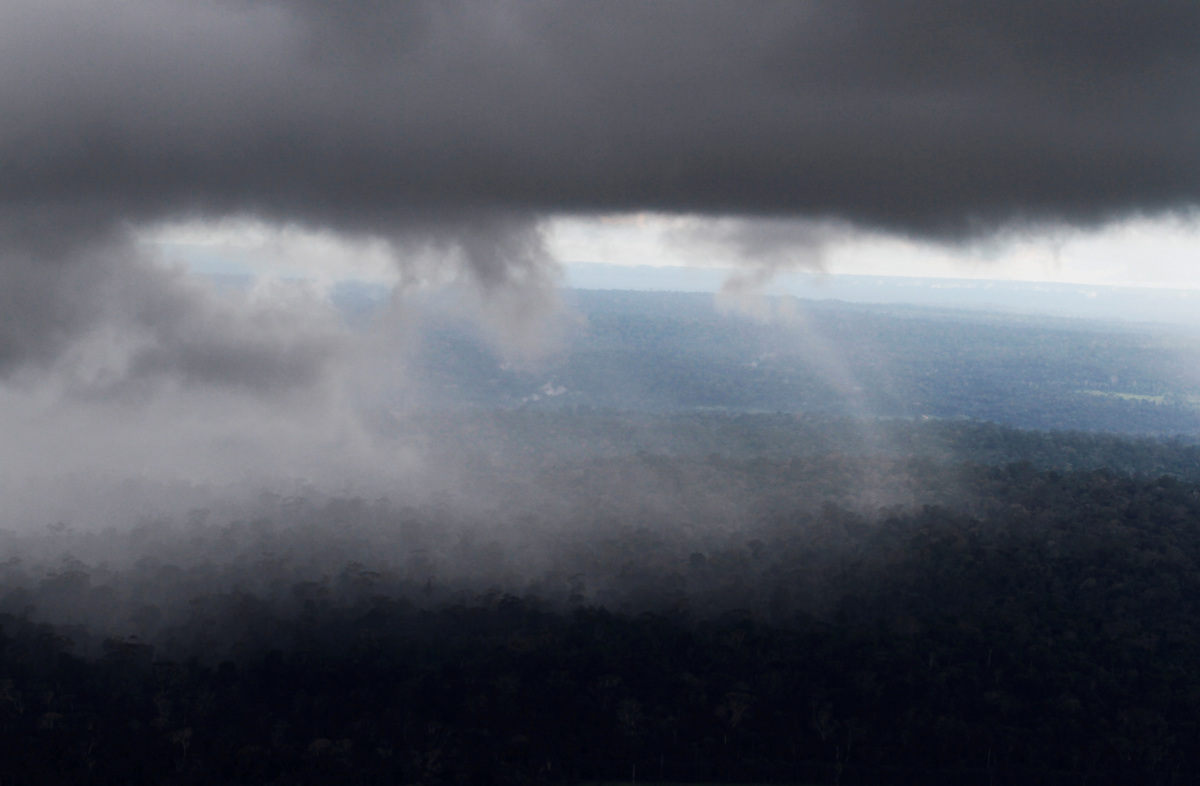Reuters
Funeral homes across China’s COVID-hit capital Beijing, a city of 22 million, scrambled on Saturday to keep up with calls for funeral and cremation services as workers and drivers testing positive for the novel coronavirus called in sick.
After declaring that the Omicron strain has weakened, and unprecedented public protests against a zero-COVID policy championed by President Xi Jinping, China abruptly shifted its COVID management protocols more than a week ago.
Moving away from endless testing, lockdowns and heavy travel restrictions, China is realigning with a world that has largely reopened to live with COVID.
China has told its population of 1.4 billion to nurse their mild symptoms at home unless symptoms become severe, as cities across China brace for their first waves of infections.
In Beijing, which has yet to report any COVID deaths since the policies changed on Dec. 7, sick workers have hit the staffing of services from restaurants and courier firms to its roughly one dozen funeral parlours.
“We’ve fewer cars and workers now,” a staffer at Miyun Funeral Home told Reuters, adding that there was a mounting backlog of demand for cremation services.
“We’ve many workers who tested positive.”
It was not immediately clear if the struggle to meet the increased demand for cremation was due to a rise in COVID-related deaths.
At Huairou Funeral Home, a body had to wait for three days before it could be cremated, a staffer said.
“You can transport the body here yourself, it’s been busy recently,” the staffer said.
China’s health authority last reported COVID deaths on Dec. 3, in Shandong and Sichuan provinces. The Chinese capital last reported a fatality on Nov. 23.
Yet Chinese media reported on Friday that two veteran state media journalists had died after contracting COVID-19 in Beijing, among the first known deaths since China dismantled most of its zero-COVID policies.
The National Health Commission reported on Saturday no change to its official COVID death tally of 5,235.
China’s abrupt lifting of its ultra-strict policies could spark an explosion of cases and over a million deaths through 2023, according to new projections from the U.S.-based Institute of Health Metrics and Evaluation (IHME).
Cases in China would peak around April 1, when deaths would reach 322,000, it said.
‘NORMAL DEATHS’
“There’re long queues of hearses here, and it’s hard to say when there’ll be available slots,” said a staffer at Dongjiao Funeral Home.
“Normal deaths,” the staffer said, when asked if the deaths were COVID-related.
The lack of reported COVID deaths for the past 10 days have stirred debate on social media over data disclosure, fuelled also by a dearth of statistics over hospitalisations and the number of seriously ill.
“Why can’t these statistics be found? What’s going on? Did they not tally them or they just aren’t announcing them?” one netizen on Chinese social media asked.
China stopped reporting asymptomatic cases from Wednesday, citing a lack of PCR testing among people with no symptoms that was making it difficult to accurately tally the total count.
Official figures have become an unreliable guide as less testing is being done across the country following the easing of zero-COVID policies.
In Shanghai, more than 1,000 km (620 miles) south of Beijing, local education authorities on Saturday told most schools to hold classes online starting on Monday, to cope with worsening COVID infections across China.
In a sign of staffing crunches to come, Shanghai Disney Resort said on Saturday that entertainment offerings may reduce to a smaller workforce, although the theme park was still operating normally.







